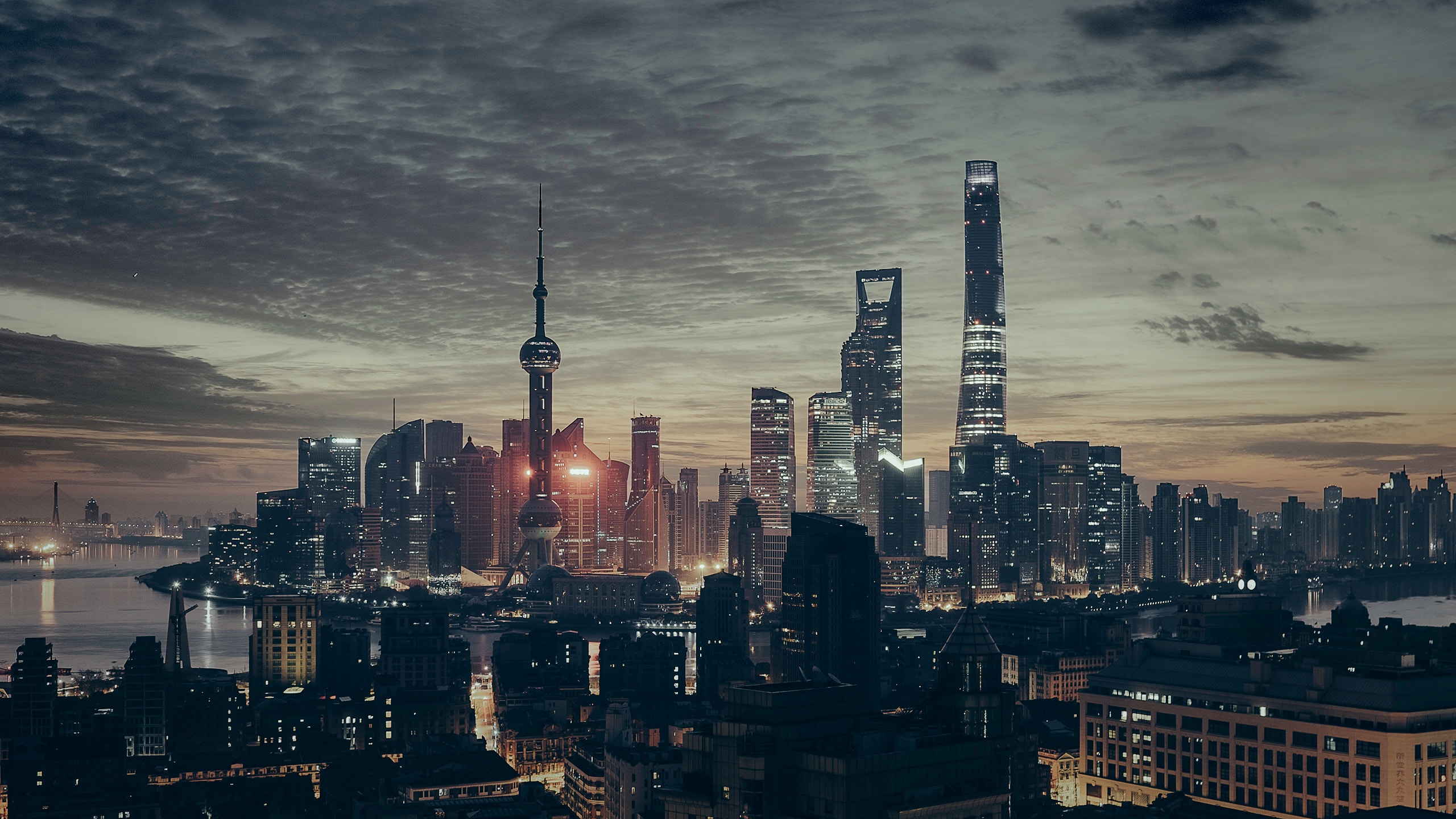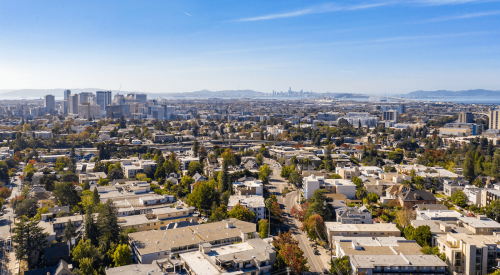A new study by global research nonprofit the World Resource Institute estimates that by 2030, cities will expand upward and outward by 80 percent, bringing density and land-use questions to the forefront.
Released yesterday, its paper “Upward and Outward Growth: Managing Urban Expansion for More Equitable Cities in the Global South," is based on study of growth patterns for nearly 500 urban areas, including satellite imagery and radar data to capture vertical and horizontal growth over time, Curbed reports.
The "global south" as defined by the University of Virginia, is a dynamic, critical concept describing what has formerly been referred to as "the developing world":
I has traditionally been used within intergovernmental development organizations ... to refer to economically disadvantaged nation-states and as a post-cold war alternative to “Third World.” However, in recent years, the Global South is employed in a post-national sense to address spaces and peoples negatively impacted by contemporary capitalist globalization.
“Some expansion of cities is inevitable to accommodate urban population growth,” says Anjali Mahendra, co-author of the new paper. “But the type of unmanaged, incessant growth in land area we are seeing not only leads to inequities in access to core urban services, like water, power and sewage, but also to greater economic and environmental risk for the entire city.”
The world, we’ve been told, is urbanizing rapidly. But the picture painted by researchers—dense, blocks of high-rises, new towers rising like staircases as cities evolve—obscures the true growth patterns reshaping the globe. Metropolises aren’t simply building up, they’re expanding out, and doing both at unprecedented rates that have serious consequences for the economy and the environment.













